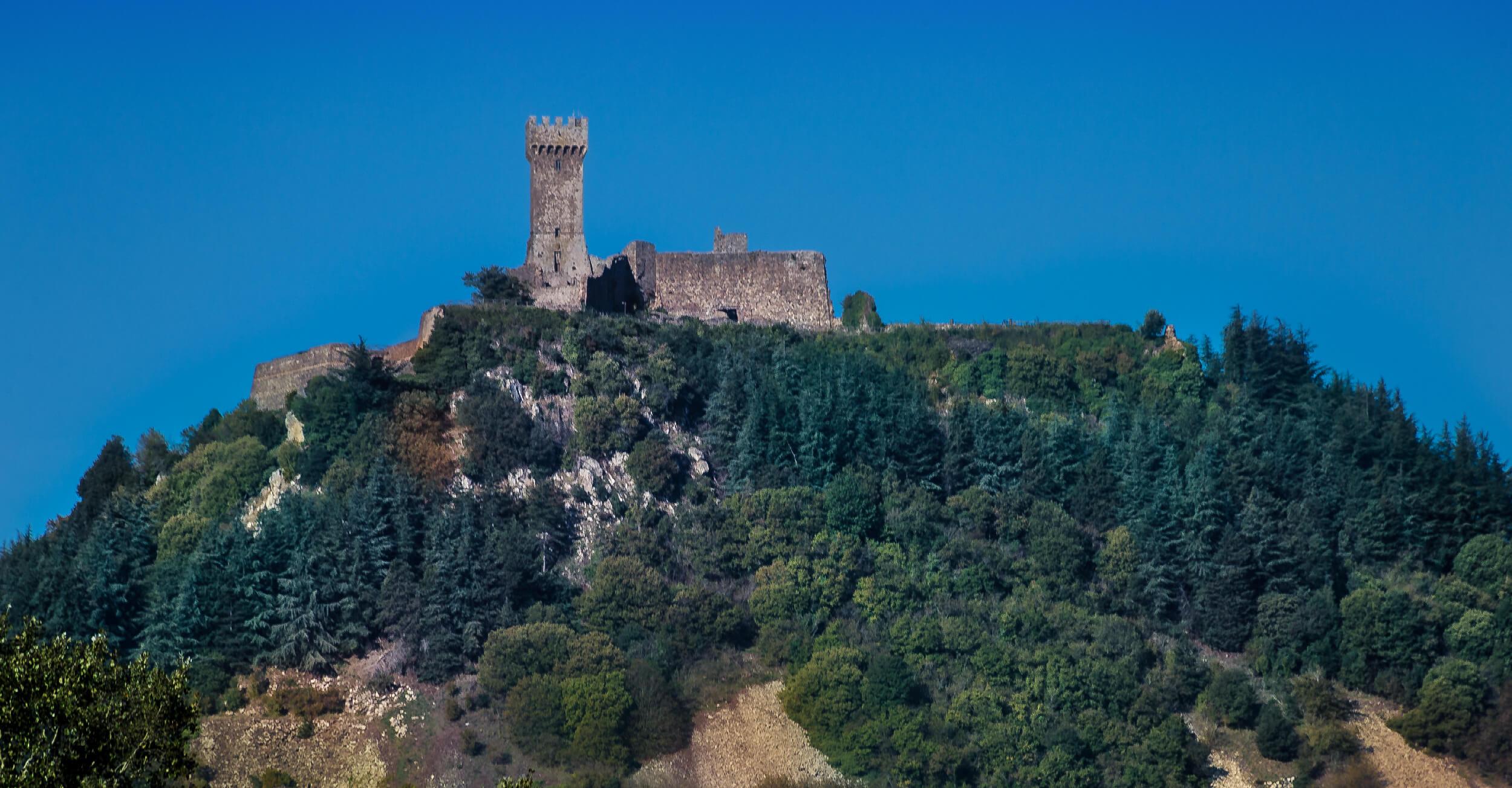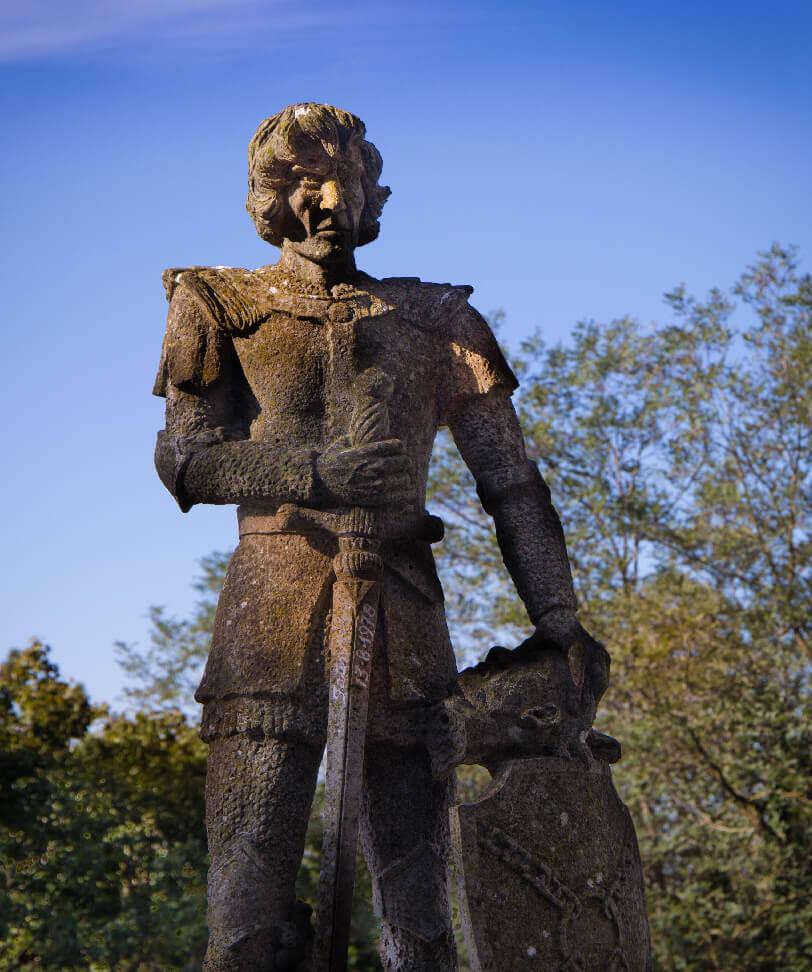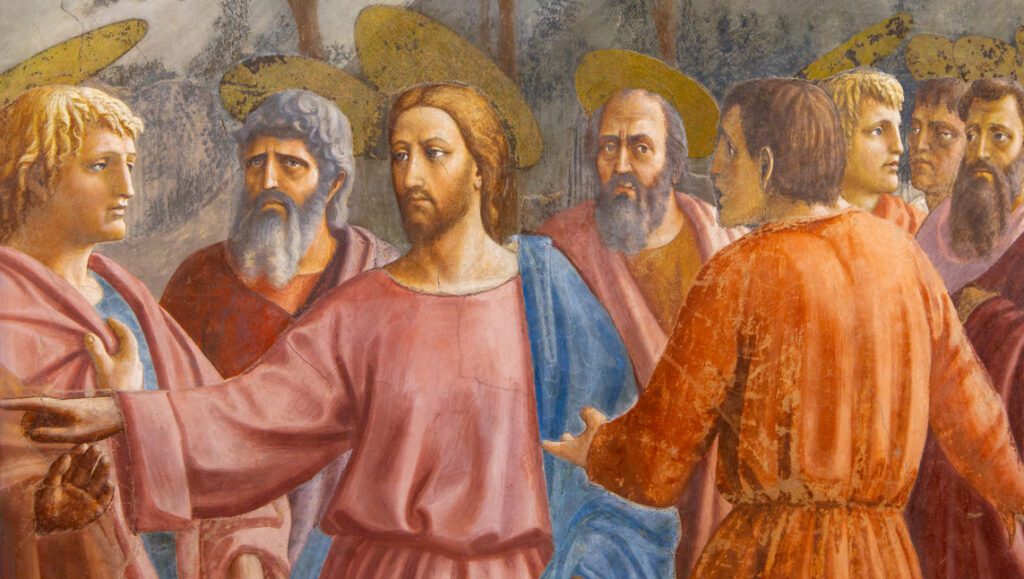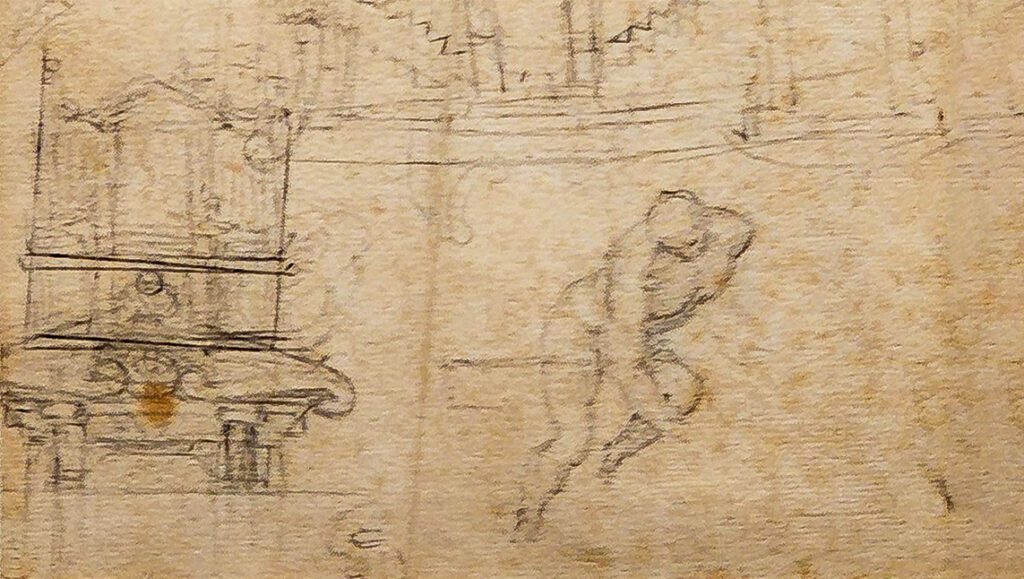
Radicofani, the out of law’s castle in Val d’Orcia
Here you can find the proposal of a visit to Radicofani, an amazing place that, as you can read below, can be called the out of law’s castle and it is located in Val d’Orcia (Tuscany). If you are going in search of the Province of Siena and you think that it is only the gently sloping hills to characterize the profile of the landscape of this delightful Tuscan spot, you will totally change idea when, pushing yourselves forward the southern area of the Val d’Orcia, and continuing the journey in the direction of Rome on the Strada Statale Cassia, you will find on your right the bulk of Monte Amiata to suggest that the landscape will change shape.
But in addition to this mountainous massif, sacred to the Etruscans and also a volcano in prehistoric times, will be once past Bagno Vignoni when on your left you will see already, above a mountainous cone, a tower.
As you advance the profile of what in the distance seemed to be only a stem to sprout from the grass, will become a construction from the profile ever more clear, until, once you have come off from the Cassia, you can decide to reach that solitaire giant, taking a road on the left that climbs on the mountainous cone.

After a few kilometers, the tower will reveal itself before you, in all its overbearing grandeur, embedded as it is on the cliff that dominates the village of Radicofani. A visit to Radicofani is the discovery of a fascinating place in Val d’Orcia.
‘Where the Francigena path touches the sky’
Center that developed starting from the ninth century – in an area where, using a beautiful phrase by Fausto Cecconi, “The Francigena touches the sky”¹ – Radicofani is one of the most attractive villages of Terre di Siena, and played an important role as a point of passage and resting place for pilgrims that set out for Rome in the Middle Ages.
The fortified complex, composed today by the tower and by the ruins of some bastions, rises on a basaltic Crag, of volcanic origin; with its 814 meters above sea level, the cliff overlooks the historical center and all the surrounding landscape.
Ghino di Tacco
In addition to the beauty and charm of this locality, from whose tower you can see, in the days with little mist, the Tyrrhenian sea, the lakes of Trasimeno and Bolsena – what you need to know is the name of Radicofani is inextricably linked to the almost legendary figure of Ghino di Tacco. This is one the reasons because the visit to Radicofani is a discovery to the out of law’s castle. Deemed the Robin Hood of the Val d’Orcia, Ghino belonged to a lineage of noble lords of the Val di Chiana. In the seventh decade of the thirteenth century his family deployed for the sienese Ghibelline faction, that was on bad terms with the communal power of the city, at the time in the hands of the Guelph faction (after an initial phase of defeat in the famous Battle of Montaperti, in 1260, the Guelphs had taken a nice revenge over the Ghibellines, after the defeats suffered by the latter prior to Tagliacozzo, in 1268, and then in Colle di Val d’Elsa, in 1269).

Statue of Ghino di Tacco, Radicofani
A familiar disgrace
Precisely because of the heated political disputes between the two factions, in 1285 the Brothers Tacco and Ghino di Ugolino, respectively father and uncle of Ghino, were captured in Siena and executed in the Piazza del Campo.
As a result of this familiar disgrace, Ghino fled from the city, sheltering in Val d’Orcia where, together with a group of followers, conquered the fortress of Radicofani in 1297.
From then on the fortress was the the “bandit gentleman” headquarters, who gave a special treatment to “elite travellers” of the via Francigena. Many are the tales linked to the permanence of the brigand in the fortress, some also very hilarious.
But while the poor pilgrims were spared, if not even helped by the bandit to continue their faith journey toward the eternal city, equally didn’t happen for the rich prelate and powerful men, who instead were taken prisoners and deprived of all their belongings (from here comes the nickname given to Ghino as Robin Hood of the Val d’Orcia).
From what a story says, he got also a way to avenge the relatives’ death. However, despite the good reputation of gentleman who had won at the have-nots, Ghino did not live long in the condition of “outlaw”. Someone perhaps betrayed him? What were the circumstances that led him to death?
You can discover by a visit to the village of Radicofani. For more information, please contact me at info@guidaturistica-michelebusillo.com
Bibliography
Cecconi F., “Dove la Francigena tocca il cielo”, Medioevo, , n.10 (213) – ottobre 2014 – (Italian edition)



